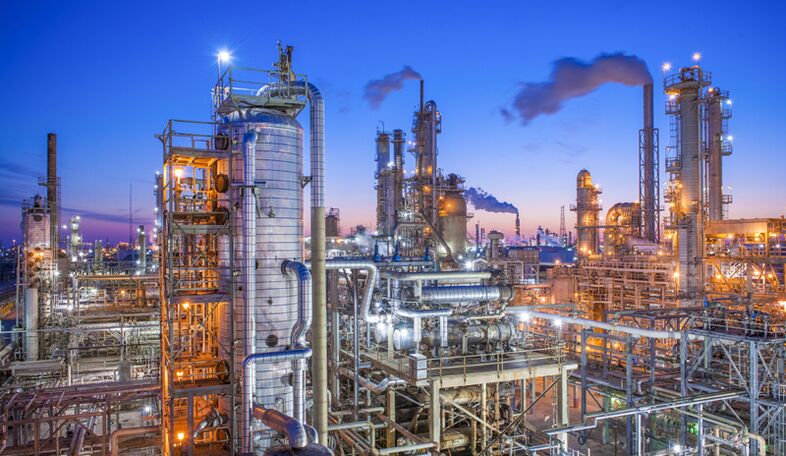The powerful power complex is used to serve industry, agriculture and coaching companies. Almost 80% of all energy produced in the country is used by enterprises. This is the cost of heat and electricity which is one of the main expenses.

They can be reduced by introducing energy -saving technologies in companies. They imply improved equipment, as well as the use of high -precision instruments. Instrumentation is always chosen taking into account the specifications of the ease of the industry. So, for industrial enterprises of heat and electricity and oil, used tools with an increased degree of protection against external influences.
Popular methods of saving money: key indicators
Key technology activities include:
- Replacement of equipment with energy savings, from lamps to heat exchangers and motors of variable frequency.
- Increased productivity in the power generation process: for example, installation of condensing equipment.
- Launch of a project on "ecological" alternative energy (sun, water, wind).
- Monitor depleted resources and roll out control systems.
Research conducted and statistical data collected claim that 90% of energy loss is attributed precisely to irrational consumption, but only up to 10% is lost in the process of transportation and delivery. Therefore, key indicators in energy -saving technologies are precisely associated with the optimization of heat and electricity consumption. All such activities have their own payback period: experts can easily calculate the economic possibility of implementing a particular process or buying new equipment.
Technical activity
These are technical measures implemented that effectively reduce the amount of energy used, both heating and electricity. They are expensive and time consuming, may require a large investment in the early stages, but provide good results (and real money savings). Such events include:
- installation of metering units, flow meters: allows you to identify implicit losses and reduce costs by 20-30%;
- installation of small boiler rooms for necessities, away from central roads, areas: help eliminate heat loss during transportation;
- introduction of frequency control systems for electric motors in ventilation, pump systems, for other objects operating without constant load;
- installation of starting relays for lamps and replacement of obsolete lamps with energy -saving lamps;
- obtain energy by processing secondary raw materials directly in production (thus reducing its cost almost 4 times);
- room thermal insulation;
- installation and launch of solar panels;
- the use of organic fuels in the boiler room.
Also, do not forget about the inspection and repair of all pipelines, cable networks and elements of the scheduled engineering system, which reduces losses. In addition, gas, water and power supply systems must be equipped with highly sensitive modern regulators and metering devices. This is an activity that is being actively implemented in modern enterprises.
If we discuss the latest energy saving developments, then these include vortex type thermogenerators, heat exchangers in ventilation systems (with additional coolant or radiator type), solar panels and solar collectors. A large number of advanced technologies are too expensive to use on a large scale. The only exceptions are LED lighting and the launch of rotating wind turbines.
























